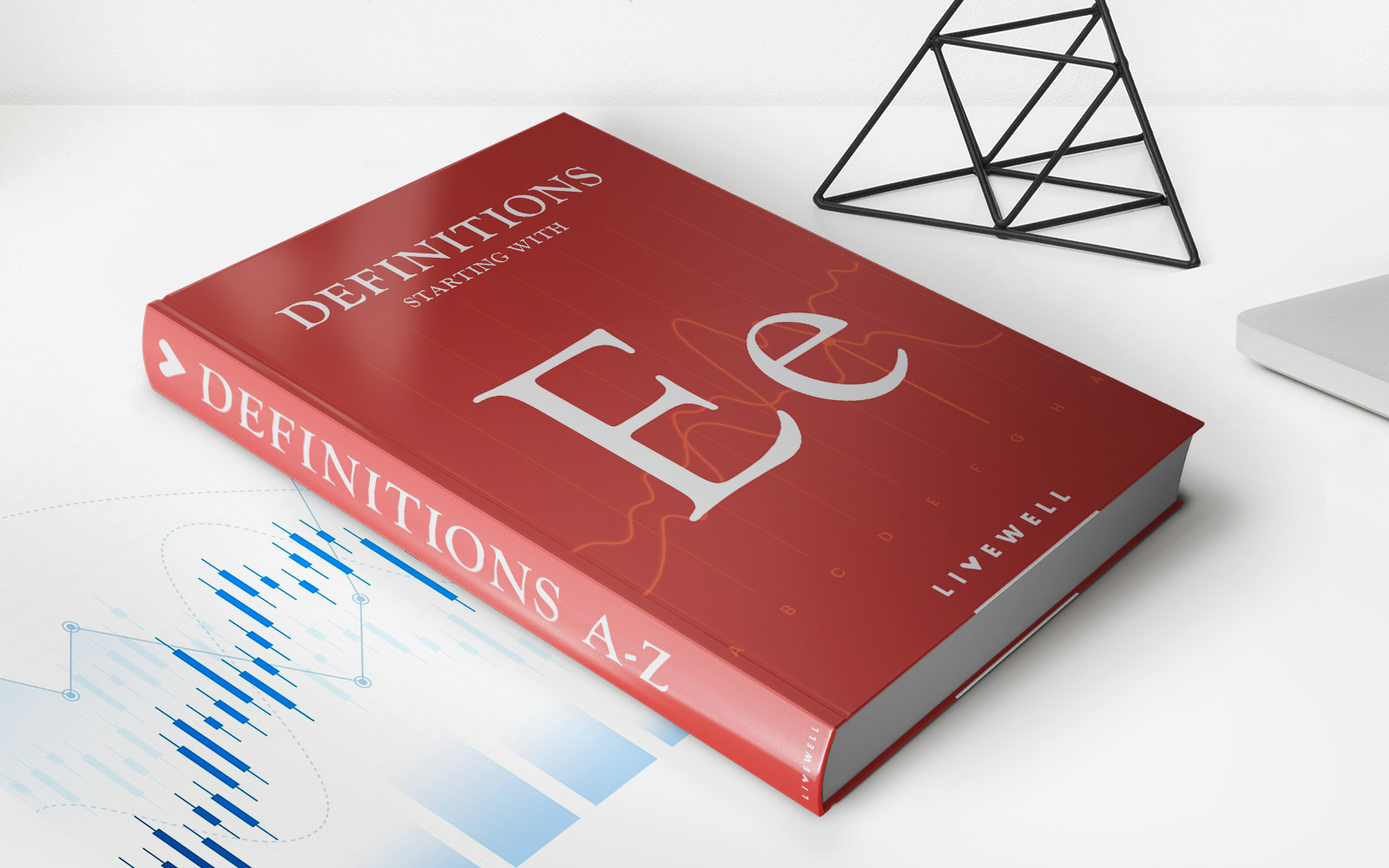Home>Finance>Retrocession: Definition, Types, Example, Criticisms


Finance
Retrocession: Definition, Types, Example, Criticisms
Published: January 20, 2024
Learn about retrocession in finance, including its definition, types, example, and criticisms. Explore the complexities of this controversial practice.
(Many of the links in this article redirect to a specific reviewed product. Your purchase of these products through affiliate links helps to generate commission for LiveWell, at no extra cost. Learn more)
Retorcession: Definition, Types, Example, Criticisms
Welcome to our Finance category blog post, where we dive deep into the world of retrocession. In this article, we will explore the definition of retrocession, the various types of retrocession, provide an example, and shed light on some criticisms surrounding this financial concept.
Key Takeaways:
- Retrocession involves the process of one insurer transferring a portion of their risk to another insurer.
- The two main types of retrocession are facultative and treaty retrocession.
What is Retrocession?
Retrocession refers to the practice within the insurance industry where one insurer transfers a portion of their risk to another insurer. Essentially, retrocession allows insurance companies to mitigate their exposure to large risks by distributing them amongst other insurers.
There are two primary types of retrocession: facultative and treaty retrocession.
1. Facultative Retrocession
Facultative retrocession is a case-by-case arrangement, in which insurers negotiate and transfer specific policies or risks to another insurer. This type of retrocession is typically employed for exceptionally large or unusual risk exposures that fall outside the scope of the primary insurer’s expertise.
For example, let’s say an insurer underwrites a policy covering a high-risk construction project that exceeds their risk tolerance. To reduce their exposure, they can enter into a facultative retrocession agreement with another insurer specializing in construction risks. By doing so, the primary insurer offloads a portion of the risk, making it more manageable.
2. Treaty Retrocession
Treaty retrocession, on the other hand, involves a broader agreement between insurers to transfer a predetermined portion of risk on an ongoing basis. This type of retrocession often takes the form of a reinsurance contract, where the primary insurer cedes a specific portfolio of policies to a reinsurer.
For instance, an insurance company may enter into a treaty retrocession agreement with a reinsurer to transfer a portion of the risks associated with their property insurance policies. This helps the primary insurer balance their risk exposure and improve their financial stability.
Example of Retrocession
Imagine a reinsurance company, ReAssure, that assumes risks from various primary insurers. To limit their exposure, ReAssure may then enter into a treaty retrocession agreement with another reinsurer, Global Re, to pass on a portion of their portfolio.
In this example, Global Re acts as the retrocessionaire, assuming a part of the risk originally ceded to ReAssure. By engaging in retrocession, ReAssure reduces its overall liability and diversifies its risk, ensuring a balanced and sustainable business model.
Criticisms of Retrocession
While retrocession plays a vital role in balancing risk within the insurance industry, it is not without its criticisms:
- Opportunistic Behavior: Some critics argue that retrocession can enable insurers to engage in opportunistic behavior. This means insurers may knowingly underwrite riskier policies, relying on retrocession to offload those risks and transfer them to other parties.
- Lack of Transparency: Retrocession agreements often operate in a complex and secretive manner, making it difficult to assess the true extent of an insurer’s risk exposure. This lack of transparency can lead to potential systemic risks within the industry.
Despite these criticisms, retrocession remains a crucial financial tool for insurers, allowing them to effectively manage risk and maintain stability within their operations.
We hope this article has provided you with an insightful understanding of retrocession, its types, an example, and some of the criticisms surrounding it. Stay tuned for more captivating articles in our Finance category!














